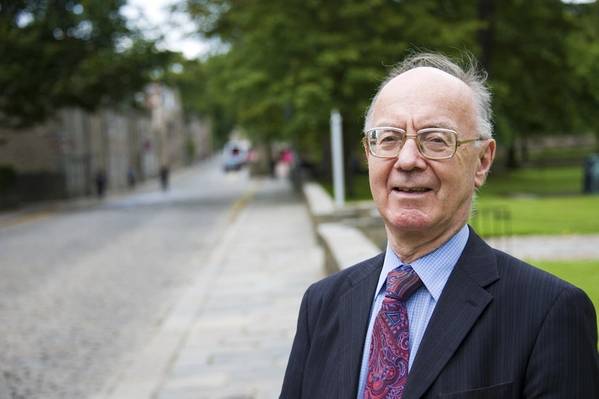
A new study from the University of Aberdeen authored by Professor Alex Kemp and Linda Stephen entitled "The Potential Contribution of Cluster Developments to Maximizing Economic Recovery in the UKCS" has studied the development economic aspects of over 400 undeveloped discoveries (termed technical reserves) in the UKCS. The majority are quite small with most having less than 20 million barrels of oil equivalent (mmboe) but in total summing to 6.67 billion boe.
The study finds that on a field stand-alone basis and with updated, revised estimates of development and operating costs, and with investment hurdles reflecting continued capital rationing the numbers of commercially viable developments were quite low with screening prices of $60 per barrel and 40 pence per therm. Reserves of 0.62 billion boe were recovered. At screening prices of $50 and 35 pence none of the fields passed the investment hurdle on a stand-alone basis. With $70 and 60 pence prices many more fields become viable on a stand-alone basis and reserves of 3.15 billion boe were recovered.
The novelty of the new study was to examine the economic viability of developing the fields through cluster developments whereby a common infrastructure is employed to facilitate the development of a group of fields in reasonably close proximity to each other. This produces economies of scale and lower development costs per boe. A detailed mapping exercise was undertaken which found that 80 clusters were physically possible with tie-in distances from field to hub within ready reach using current technologies. These 80 clusters covered 401 fields in all main areas of the UKCS.
The difference in economic recovery of reserves compared to the stand-alone case was found to be striking. At the $50, 35 pence price scenario 0.84 billion boe were recovered while at the $60, 40 pence 1.9 billion boe were recovered at the investment hurdle reflecting capital rationing. At the $70, 60 pence scenario 4.97 billion boe were economically recovered. It should be noted that with a lower hurdle rate significantly more reserves became economic.
The study also calculated the post-tax returns to investors. These were generally much higher with cluster developments. In a few cases a field could achieve a higher return on a stand-alone basis than as part of a cluster. This was in cases where the returns to other fields in the cluster were extremely low.
The study also highlights the finding that development activity in the UKCS is extremely sensitive to oil and gas prices. The revised estimates of costs indicate that at $50 prices most of the fields in the category of technical reserves cannot pass the investment hurdle.
The Wood Review highlighted the idea that the attainment of maximum economic recovery depended on collaboration among licensees and investors generally. Cluster developments require much collaboration. There are difficulties when equity ownerships are not well-designed and when the development of a cluster has to be on a field sequential rather than simultaneous basis. The sharing of the common infrastructure costs then raises complex problems among different licensees. But this study has shown that the national rewards from cluster developments can be substantial. The OGA already has area plans as part of its strategy for maximizing economic recovery. The wide employment of cluster developments indicates how area plans can be implemented in practice.